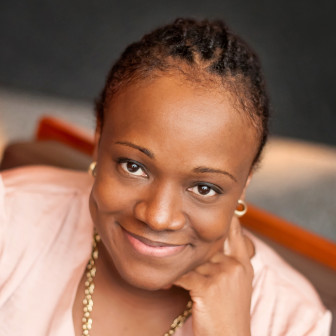![]() On Feb. 6, Philadelphia District Attorney Larry Krasner unveiled his office’s new policies to further reduce the number of children sent to juvenile placement in the city. Flanked by nationally recognized advocates from the Juvenile Law Center and City Councilwoman Helen Gym, who herself recently championed a task force to look into the use of residential placement, Krasner reaffirmed his commitment — first made during his campaign — to “return our juvenile system to its true purpose: rehabilitation of youth, which turns children’s lives around and makes us all safer.”
On Feb. 6, Philadelphia District Attorney Larry Krasner unveiled his office’s new policies to further reduce the number of children sent to juvenile placement in the city. Flanked by nationally recognized advocates from the Juvenile Law Center and City Councilwoman Helen Gym, who herself recently championed a task force to look into the use of residential placement, Krasner reaffirmed his commitment — first made during his campaign — to “return our juvenile system to its true purpose: rehabilitation of youth, which turns children’s lives around and makes us all safer.”
He also endorsed the move as a step in the right direction. Predictably, while many celebrated the release of the policies and what it represents, others decried them as insufficient. In truth, the policies themselves, which cover several procedural matters including pre-adjudicatory offers, detentions, dispositions, review hearings and bench warrants, were not a watershed moment in juvenile justice reform.

Marie Williams
What they were, however, was a bellwether for the seismic shift to come, not just in Philadelphia but around the country. This shift is occurring not just in the implementation of policy, and should not be measured by that yardstick alone. It is happening in the incremental but essential change in the mindset of those who administer justice.
As has been stated and restated many times about the need to reform juvenile justice, we have a lot of damage to address from the bad policy of the 1990s. Back then, fueled by wrongheaded notions about how and why young people become involved in delinquent and even criminal behavior, we tried to incarcerate our way out of the problem.
Scores of practitioners who today have two or more decades of experience under their belts were trained and nurtured with a steady diet of erroneous beliefs about potential or actual superpredatory behavior that needed to be addressed just as harshly as we did in the adult system.
The result was a proliferation of youth prisons, work camps, scared-straight programs and a slew of other approaches that have been, and continue to be, debunked. Today, however, states are closing their larger youth facilities, juvenile placements are down across the board and more jurisdictions are exploring ways to keep young people in the community and close to treatment, family and other prosocial supports.
Placement for simply breaking probation rules
Unfortunately, Philadelphia has not been an early adopter of this approach. Though the numbers of youth sent to placement are significantly down, 72 percent of Philadelphia’s youth sent to placement are there for violations of probation, not for committing a new offense. Consider that for a moment: Though they didn’t need to be sent to placement for their original offense, noncompliance with often arbitrary probation conditions is seen as justification for placement.
This despite the research that suggests that being sent to placement may increase the likelihood of future criminal activity rather than reduce it; and that children who commit low-level delinquent acts are more likely to be in need of treatment and support than punishment and incarceration. As one practitioner told me: “We don’t have what they need, so we give them what we have.”
The District Attorney’s actions are notable — not largely because of the substance of the policies — but because it means his office has taken the position that giving them “what we have” is no longer sufficient. Philadelphia has the highest rate of juvenile placement of any jurisdiction in the state, sending 2.5 times more children to placement than the next populous county (Allegheny) and five times as many as the third most populous county (Delaware).
Further, a recent report made public what was already whispered about in private, that some of the most often used facilities for Philadelphia’s children were violent and dangerous. It is against this backdrop that the District Attorney’s Office, the agency responsible for charging these young people in the first place, decided to act within the sphere of his control and influence.
The mere recognition that Philadelphia may not be incarcerating the children who scare us, but those who simply confound and exasperate us, is a significant cultural shift in juvenile justice, especially since it comes from the unlikely quarters of an Office of the District Attorney.
Given her exceptional record defending young people against bad policy and flawed process, and litigating before the U.S. Supreme Court, it is likely that Marsha Levick, co-founder of the Juvenile Law Center, realized this when she stood to shoulder-to-shoulder with Larry Krasner. It is unquestionable that she and other national and local advocates will continue to push systems to make bolder moves, bigger changes and tackle tougher cases, but perhaps she sees what we all should — the changes that need to happen in juvenile justice also need to be cultural; and impatient though we may be, some will be incremental.
Marie N. Williams, J.D., is senior program officer at the Stoneleigh Foundation. Before that she was immediate past executive director of the Coalition for Juvenile Justice and a longtime advocate for social justice causes.
